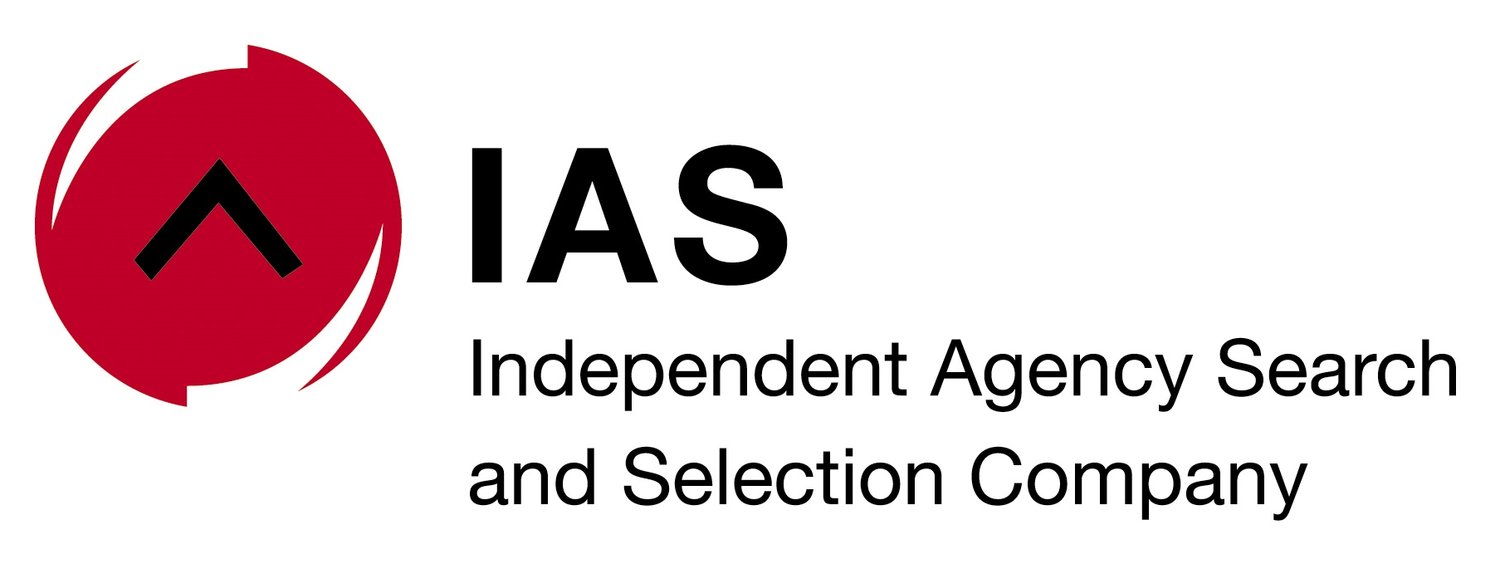The brief goes in, cogs whirl and a campaign comes out... but clients want to understand agency processes, what is the creative process and how it works.
The perception some clients have of agency environments is often ‘creativity coupled with chaos, overseen by someone called traffic’, writes Johanna McDowell, CEO of the Independent Agency Search & Selection Company (IAS) and Scopen partner
What should we expect and when can we expect it? When does strategy get involved, and when does creative get involved?
Then, once a campaign is produced and launched, how does the agency track it?
What steps are taken to find out how the campaign is doing, and how do agencies act on that information? If all is well, is the campaign recycled? If not, is it amended to fill in any gaps the agency has noted?
The agency that responds to these questions succinctly makes the process transparent and easy to understand, enabling clients to realise how important timing is.
Their methodology is vital; clients need to understand there is one - nothing happens by chance and that there’s a practical strategy in place that can be tracked throughout.
From an agency perspective, having the client understand their methodology means clients can work with required timelines.
Conversation and collaboration
Whether it’s a quick retail ad or a major campaign for 2024, there is a methodology involved which is brought to bear on every brief.
Sometimes it’s even more complicated - perhaps the marketer doesn’t have a brief, but instead poses a problem to the agency: “We haven’t sold a widget in three months. It’s our core business. What do we do?”
Here, agency methodology must incorporate the business solution and – more importantly – an explanation of their logic, with simple diagrams outlining the problem, followed by a calculated and rapid path to the fix.
This shows the marketer their agency is supportive and is a professional organisation that knows its stuff. Moreover, it enables collaboration between client and agency to reach the most expedient path to actual widget selling.
Delivering the solution: Checkers and 99c
A superb example of a client-agency strat session that began with a potentially crippling hit on sales and culminated not only in an immediate solution but created a whole new industry, is the collaboration between Checkers and 99 Cents when the global pandemic looked set to strangle sales.
The client’s problem: A dearth of shoppers due to lockdown.
The solution: Discussions with the agency which likely began with “let’s take the groceries to the customer”, and grew from there to include the creation of an app; branded delivery mechanisms; a service that gave customers a virtual shopping experience and rapid drop-off of groceries at their homes; and the blossoming of a delivery industry that has created employment, ongoing sales for Checkers - and a two-wheel source of Sixty60 pride for all involved.
By engaging with their agency, a marketer who highlights a request or problem should be met by the agency applying its methodology to the business issue, noting the specialists they will bring in to create a strategy.
Although marketers may still be required to gather their briefing templates and other data and present it to the agency, it is most likely the two parties will be creating the brief together using the methodology the agency has.
Without giving away too much, subscribers to Agency Scope 2023 – 2024 will see data that shows the value of internal processes and working methods, which now stand shoulder to shoulder with strategic planning and quality of presentations as criteria clients look for in an agency.
When a client’s primary concern is having to sell a thousand widgets in the next few months, having faith that their agency’s methodology, alongside it’s creativity, will provide a solution is what makes their collaboration valuable.

